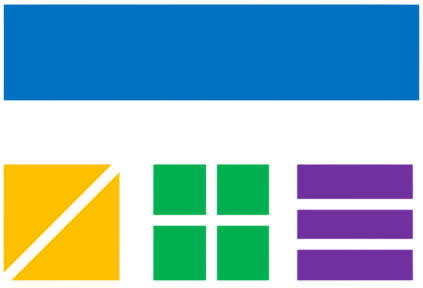Investment Calculator Information
What is Investment Growth?
Investment Calculator helps you project how your investments will grow over time with compound interest. Enter your initial investment, regular contributions, expected return, and time period to see your future balance. This tool is ideal for retirement planning, wealth building, and goal setting.
How Investments Grow
Investments grow through contributions and compound returns. The higher your return and the longer you invest, the more your money grows.
- Principal: The starting amount you invest.
- Contribution: The amount you add regularly (e.g., monthly).
- Expected Return: The annual rate of return, based on historical averages or your estimate.
- Compound Growth: Earning returns on both your principal and previous returns.
- Time Horizon: The longer you invest, the more compound growth works in your favor.
How Compound Growth Works
Compound growth means your investments earn returns on both your original investment and the returns that accumulate. The formula for future value is:
- A = Future value (total amount)
- P = Initial principal
- r = Annual return rate (as a decimal)
- n = Compounding periods per year
- t = Number of years
- PMT = Regular contribution per period
Example: $10,000 initial, $500/month, 7% return, 20 years
Your investment will grow to $294,150
Investment Calculator Modes
- End Amount: Calculate how much you'll have with given inputs
- Additional Contribution: Find how much to contribute to reach a goal
- Return Rate: Determine the return rate needed to reach a target
- Starting Amount: Calculate the initial investment needed
- Investment Length: Find how long it takes to reach your goal
Historical Investment Returns
Average Annual Returns (1926-2023)
Asset Classes
- Large Cap Stocks: ~10.2%
- Small Cap Stocks: ~12.1%
- International Stocks: ~8.5%
- Bonds: ~5.4%
- Treasury Bills: ~3.3%
- Inflation: ~3.0%
Risk Considerations
- Higher returns typically mean higher risk
- Past performance doesn't guarantee future results
- Diversification can reduce risk
- Time horizon affects risk tolerance
- Market volatility is normal and expected
Tips for Successful Investing
- Start early to maximize compounding effects
- Diversify your investments to manage risk
- Invest regularly, even small amounts
- Review your portfolio and adjust as needed
- Focus on long-term goals, not short-term market movements
- Consider your risk tolerance and time horizon
- Keep costs low with index funds or ETFs
- Rebalance your portfolio periodically
Investment Strategies
Common Investment Approaches
Passive Investing
- Index funds and ETFs
- Lower costs and fees
- Broad market exposure
- Buy and hold strategy
- Suitable for most investors
Active Investing
- Individual stock picking
- Higher potential returns
- Higher risk and costs
- Requires more time and research
- May underperform the market
Frequently Asked Questions (FAQ)
Q: What\'s the difference between saving and investing?
A: Saving is for short-term, low-risk goals with guaranteed returns. Investing is for long-term growth and may involve risk but offers higher potential returns.
Q: What is risk tolerance?
A: Your ability and willingness to lose some or all of your investment in exchange for higher returns. It depends on your financial situation, time horizon, and emotional comfort with market fluctuations.
Q: How much should I invest?
A: As much as you can comfortably afford, after building an emergency fund and paying off high-interest debt. Many experts recommend 10-20% of your income.
Q: What is diversification?
A: Spreading your investments across different assets, sectors, and geographic regions to reduce risk. Don\'t put all your eggs in one basket.
Q: When should I start investing?
A: The earlier, the better! Even small amounts invested early can grow significantly due to compound interest. Start as soon as you have an emergency fund and can afford to invest.
Investment Accounts
- 401(k): Employer-sponsored retirement plan with tax advantages
- IRA: Individual retirement account with tax benefits
- Roth IRA: Contributions are taxed, but withdrawals are tax-free
- Taxable Account: No tax advantages but more flexible
- 529 Plan: Tax-advantaged education savings account
- HSA: Health savings account for medical expenses
Important Disclaimers
Disclaimer: This calculator provides estimates for educational purposes only. Actual investment returns and results may vary significantly based on market conditions, fees, taxes, and other factors.
Past performance does not guarantee future results. Investment values can go up or down, and you may lose money. Always consider your risk tolerance and investment goals.
Always consult with a qualified financial advisor for personalized investment advice. This calculator does not account for all possible fees, taxes, or investment costs that may apply to your specific situation.
